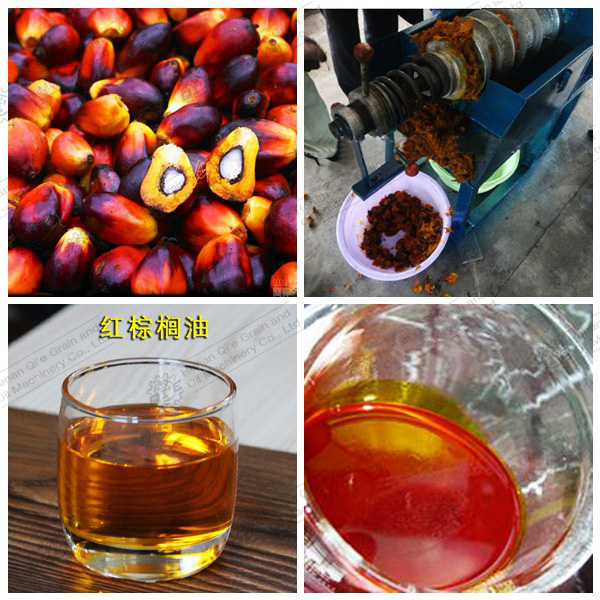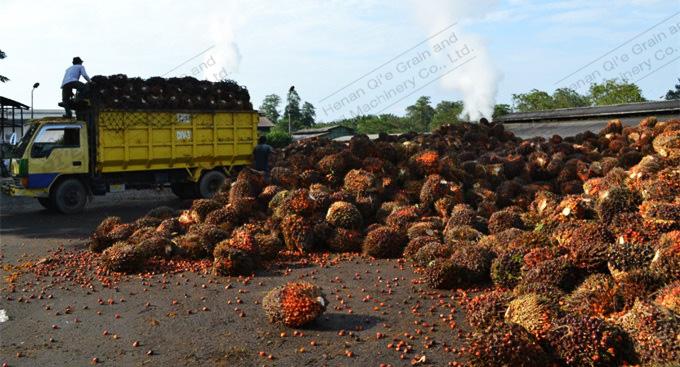Comprehensive Analysis of Core Processes in Palm Oil Refining Production Lines: Key Parameters for Enhancing Oil Quality and Yield
2025-09-14
Technical knowledge
This article provides an in-depth examination of the core process flow of the Penguin Group’s small-scale palm oil refining production line, covering essential stages such as palm fruit pressing, crude oil filtration, and refining deodorization. It emphasizes how critical process parameters influence oil quality and yield. Through practical case studies, the article offers guidance on equipment selection and process layout optimization specifically tailored for small and medium-sized enterprises, helping users enhance production efficiency and cost control. With systematic technical explanations and actionable recommendations, the content supports enterprises in boosting product competitiveness and maintaining stable, high-efficiency operations.

Comprehensive Analysis of Core Processes in Palm Oil Refining Production Lines: Key Parameters for Quality and Yield Enhancement
The palm oil refining process has become increasingly important for businesses striving to produce high-quality oils while optimizing operational efficiency. Penguin Group’s small-scale palm oil refining production line exemplifies how core technological processes—including fresh fruit bunch pressing, crude oil filtration, and refining deodorization—play a critical role in elevating both product quality and output volume.
Stepwise Breakdown of the Core Processes in Palm Oil Refining
To achieve optimal product quality, understanding the technical parameters at each refining stage is essential:
| Process Stage |
Core Parameters |
Impact on Oil Quality & Yield |
| Fresh Fruit Bunch (FFB) Pressing |
Pressure: 10–15 MPa; Temperature: 50–60°C; |
High pressing pressure and optimal temperature maximize oil extraction rate, up to 22-24% yield per ton of FFB. |
| Crude Oil Filtration |
Filter pore size: 20–30 microns; Filtration speed: 10 L/min; |
Reduces particulates and moisture, lowering free fatty acid levels, enhancing oil clarity and shelf-life. |
| Refining & Deodorization |
Temperature: 200–240°C; Vacuum pressure: 5–10 mmHg; |
Effectively removes odoriferous compounds and impurities, improving oil stability and neutral taste. |
Each stage requires careful adjustment of process parameters to ensure maximum extraction efficiency and premium oil quality, particularly critical for medium and small enterprises where margin optimization is vital.
Optimizing Equipment Selection for Small to Medium Scale Enterprises (SMEs)
Considering constraints like capital expenditure and operational scale, SME operators must prioritize equipment flexibility and scalability:
- Modular Design: Choose equipment with modular components to adapt capacity from 1 to 5 tons of FFB processing per hour.
- Energy Efficiency: Select presses and filtration units with low power consumption (<15 kW) to reduce utility costs.
- Automation Level: Incorporate semi-automated controls facilitating process monitoring, ensuring consistent parameters without excessive manpower.
These considerations can reduce operational costs by 10-15% annually and improve throughput by up to 12%, based on Penguin Group’s production data.
Case Study: Efficiency Gains and Quality Enhancement
In a recent implementation for a mid-sized palm oil processor, adjusting the pressing temperature to 58°C and maintaining filtration speeds at 12 L/min led to:
- Increase in oil extraction yield by 1.5% (roughly equivalent to 15 kg per ton of FFB)
- Reduction of free fatty acid content from 3.0% to 1.2%, enhancing oil grade
- Improved deodorization efficiency, resulting in sensory evaluation scores increasing by 20%
Operational cost savings were reported at 8% year-on-year due to improved process control and reduced waste.
Interactive FAQ: Technical Clarifications for Palm Oil Refining
Q1: What is the optimal vacuum pressure during the deodorization phase?
A1: Maintaining a vacuum between 5-10 mmHg is critical. It helps remove volatile odors without degrading the oil quality by preventing thermal oxidation.
Q2: How do variations in filtration speed affect oil clarity?
A2: Excessive filtration speed (>15 L/min) may not trap fine particulates efficiently, leading to cloudy oil. Keeping speeds between 8-12 L/min achieves ideal clarity.
Q3: Are there energy-saving recommendations for small-scale presses?
A3: Utilizing variable frequency drives (VFD) for motor control can reduce electricity consumption by up to 20%, extending equipment lifecycle while trimming costs.
These insights enable production managers and engineers to make informed decisions, tailoring refining lines to their specific operational goals.















